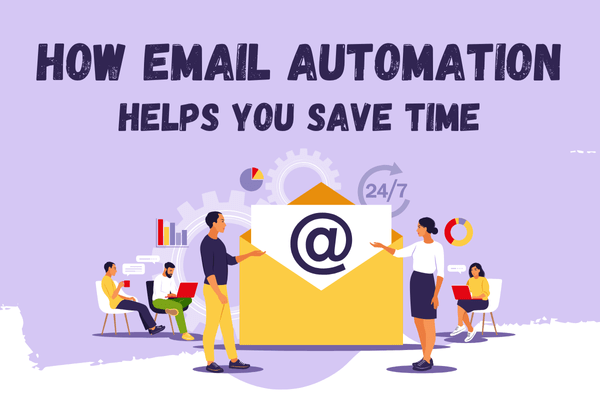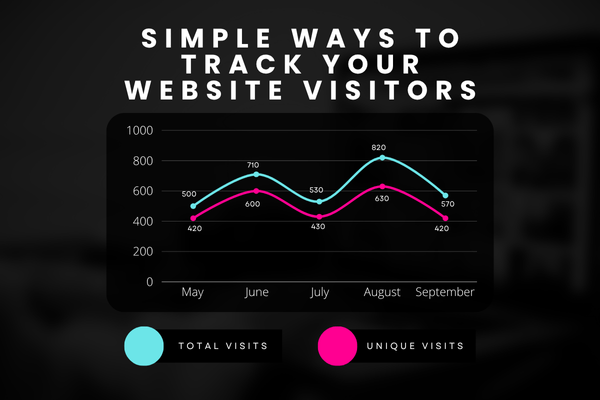Predictive analytics uses data to guess what might happen in the future. It looks at past trends and patterns to help you make smarter decisions. In marketing, this means using your data to understand what your customers are likely to do next.
Let’s say you run an online store. You want to know which products people are likely to buy next week. Instead of waiting and hoping, predictive analytics gives you clues based on what customers bought in the past, how often they visit your site, and what pages they view.
It works like this. You collect data from places like your website, email campaigns, and social media. Then you use tools to analyze that data. These tools look for patterns. For example, you may learn that people who buy phone cases usually return within a week to buy chargers. With this insight, you can create a special offer just for those customers.
Marketers use predictive analytics in many ways. It helps you find the best time to send emails, the right product to show each customer, and the best content to promote. It also helps you spot problems early. If a customer is about to stop buying from you, the data may warn you so you can try to win them back.
It doesn’t require a huge budget or a big tech team. Tools like Google Analytics, HubSpot, and even some email platforms include basic predictive features. If you already use customer relationship tools or ad platforms, you may already have access to some of these functions.
You don’t need to be a data expert either. The tools handle most of the heavy lifting. Your job is to set clear goals and review the insights. Start small. Pick one thing to predict. For example, focus on predicting which customers are likely to buy again soon. Then plan your campaigns around that group.
Predictive analytics can also improve your ad targeting. Instead of showing the same ad to everyone, you can focus on people who are more likely to take action. This can help reduce ad costs and increase results. You spend less and reach people who are more interested.
Over time, the system gets better. The more data it sees, the more accurate the predictions become. That’s why it’s smart to start early, even if you feel unsure. The longer your tools are learning, the more they can help you.
It’s not about guessing or luck. It’s about using what you already know to plan better. Predictive analytics doesn’t replace human thinking. It supports it. It helps marketers work with more confidence.
If you’re still running campaigns based only on past performance, you’re missing out. Start using predictive analytics to look ahead. It’s one of the easiest ways to improve your results without more stress or extra effort.


